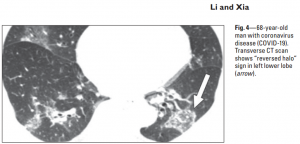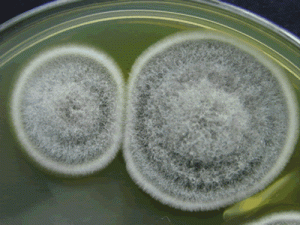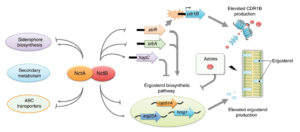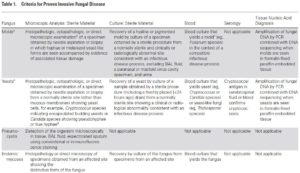Submitted by Aspergillus Administrator on 31 May 2011
 The idea of a breath test is not novel – it is widely used to detect expired ethanol in many western countries as a drink driving test. As a tool in the diagnosis of respiratory infections it is well known that Pseudomonas aeruginosa and Strepotococcus milleri have distinctive odours associated with these pathogens, due to their production of volatile compounds.
The idea of a breath test is not novel – it is widely used to detect expired ethanol in many western countries as a drink driving test. As a tool in the diagnosis of respiratory infections it is well known that Pseudomonas aeruginosa and Strepotococcus milleri have distinctive odours associated with these pathogens, due to their production of volatile compounds.
A breath test to diagnose pulmonary aspergillosis is attractive because of the proximity of the lesion to the sample and ease and speed of obtaining a rapid diagnosis. Many different species of Aspergillus produce a whole host of volatile metabolites – but one in particular has attracted attention for A. fumigatus – as described by Stephen Chambers in a recent article published in Medical Mycology.
2-Pentylfuran is a promising marker as it is not known to be produced by humans or mammals as a result of any metabolic pathway. In addition it was not detectable in cultures of most types of respiratory pathogens with the possible exception of Streptococcus pneumonia.
Chambers et al studied two cases of severely immune compromised patients with invasive aspergillosis, who were infected with
A. fumigatus. Breath tests of multiple samples revealed the presence of 2-pentylfuran in both patients – but which became undetectable on effective antifungal treatment. It is not known whether certain foodstuffs could give rise to levels of 2-pentlyfuran which could cause false positive tests, or indeed how much 2-pentylfuran could be produced by extensive lung inflammation.
But this data paves the way for a clinical trial on a larger patient group to evaluate this as a diagnostic marker for possible monitoring of invasive lung aspergillosis. If it proves successful – this could lead to a more cost effective and rapid diagnosis of pulmonary aspergillosis – which should lead to better outcomes for the patient.
News archives
Showing 10 posts of 953 posts found.
 The idea of a breath test is not novel – it is widely used to detect expired ethanol in many western countries as a drink driving test. As a tool in the diagnosis of respiratory infections it is well known that Pseudomonas aeruginosa and Strepotococcus milleri have distinctive odours associated with these pathogens, due to their production of volatile compounds.
The idea of a breath test is not novel – it is widely used to detect expired ethanol in many western countries as a drink driving test. As a tool in the diagnosis of respiratory infections it is well known that Pseudomonas aeruginosa and Strepotococcus milleri have distinctive odours associated with these pathogens, due to their production of volatile compounds.



 ,
,  ,
, 



